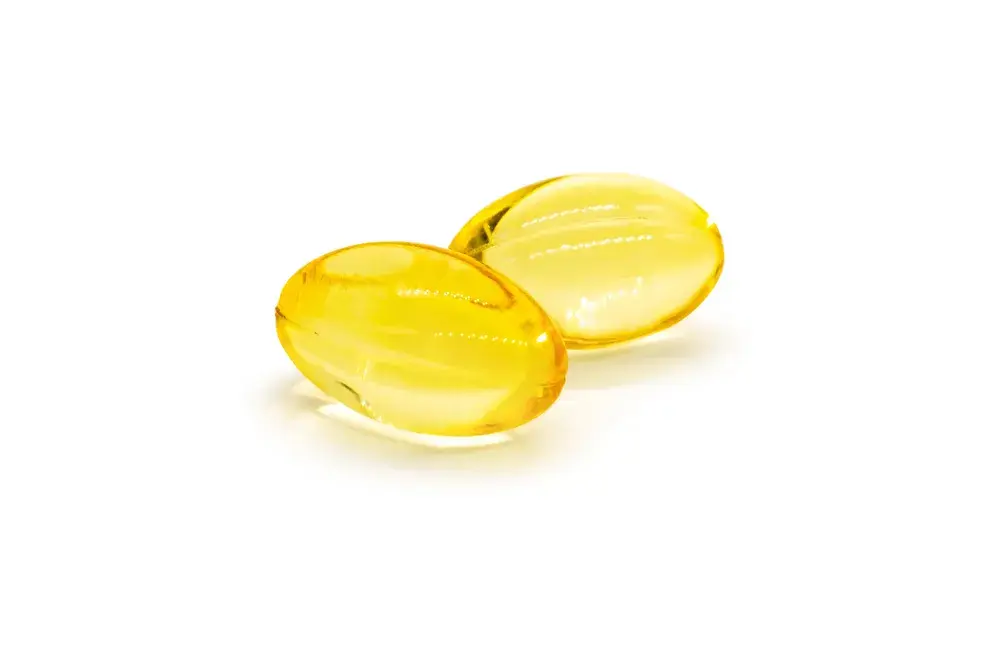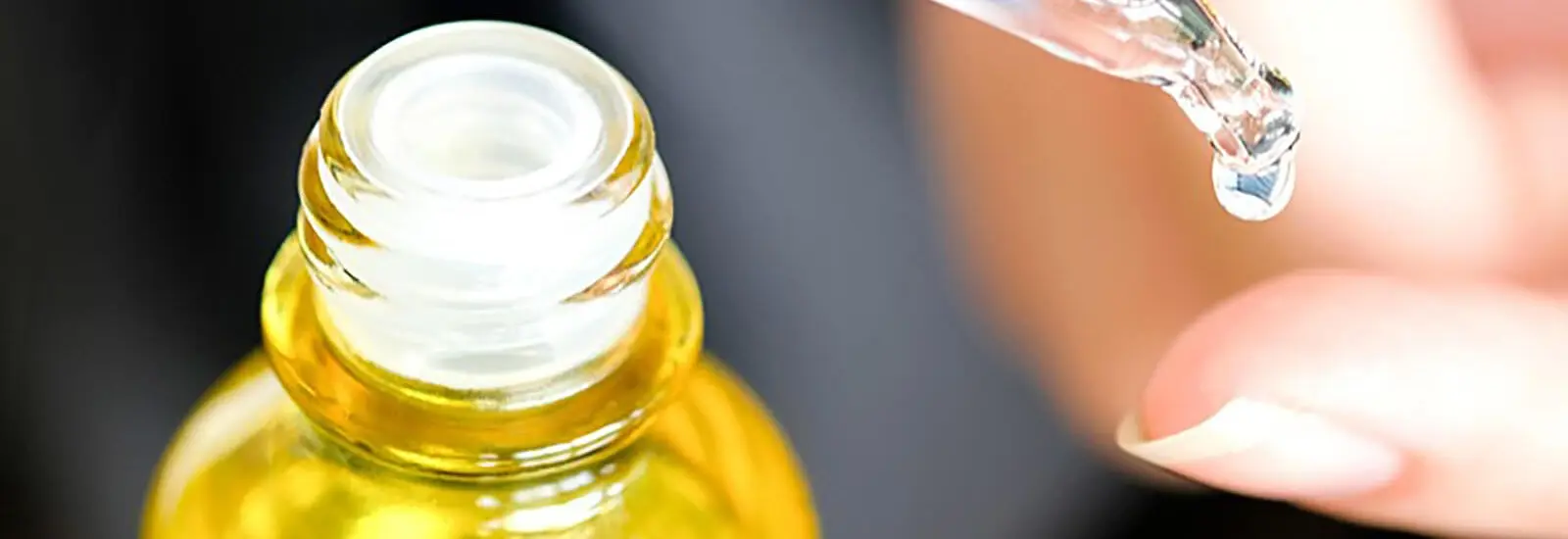What Is Tocopherol?
Tocopherol is a fat-soluble form of vitamin E with rich antioxidant properties and protective skin benefits. Experimental evidence suggests topical and oral vitamin E may minimize skin cancer risk, protect skin from ultraviolet (UV) ray damage and stabilize the natural skin barrier. Vitamin E is good for the body, too. One study showed that both older adults and animals who consumed high levels of the vitamin had increased immune responses to infectious diseases.
A pale yellow, viscous liquid, tocopherol is composed of soluble phenolic compounds, antioxidants that can trap free radicals and protect cell membranes from oxidative damage.
The four naturally occurring types of tocopherol include alpha, beta, delta and gamma. Alpha-tocopherol is the most abundant type in human tissue and sera, and it's the only form that can reverse vitamin E deficiency symptoms. It's also the most popular form of vitamin E in skincare products.
What Are the Uses of Tocopherol?
So, what is tocopherol used for? Tocopherol is added to many skincare products and sunscreens for its nourishing and protective skin benefits. Its antioxidant properties help ward off free radical damage's effects, supporting healthy, vibrant skin. Vitamin E also plays a key role in skin hydration, preventing moisture loss and softening skin.
Other uses include preventing and treating yellow nail syndrome and extending the shelf life of certain foods and cosmetic formulations.
Where Does Tocopherol Come From?
According to the Indian Dermatology Online Journal, vitamin E was first described in 1922 by Herbert M. Evans and Katherine Bishop. It was biochemically characterized and named in 1936. In Greek, "tocos" means "offspring," while "phero" means "to bring forth."
Alpha-tocopherol, the type of vitamin E in skincare, is naturally found in nuts, seeds and vegetable oils, like wheat germ, sunflower and safflower oils. You can also get this vitamin through green leafy vegetables and fruits like kiwis and mangos. It's also present in your skin's natural oils (sebum).
Vitamin E for cosmetics and supplements is typically processed using an organic solvent to extract the vitamin from vegetable oils. After extraction, the vitamin E is purified and tested for efficacy. Manufacturers can also chemically synthesize tocopherol to achieve higher concentrations for skincare products.
How To Incorporate Tocopherol Into Your Skincare Routine
Check In With Your Skin
Vitamin E is generally safe and especially suitable for dry and mature skin. If you have oily skin, start slow. Cleveland Clinic explains that people with oily skin may get enough tocopherol benefits through the skin's natural sebum.
When adding a new ingredient to your skincare routine, always start with a patch test before using it on larger areas of skin. If you have sensitive skin, allergies or an irritable skin condition, check with your dermatologist before incorporating new products into your routine.
Apply Pure Vitamin E
You can apply pure vitamin E oil directly to clean, dry skin to support your skin's defenses and fight signs of dry skin, like tightness and flakiness. Apply once or twice a week in the evening at least 30 minutes before bed to give it time to absorb into the skin.
Use Skincare Products With Vitamin E
Skincare and makeup products formulated with vitamin E are the simplest way to add tocopherol to your routine. You can identify tocopherol on skincare ingredient labels by looking for vitamin E, vitamin E oil, tocopherol, mixed tocopherols, alpha-tocopherol and tocopherol tocopheryl acetate. Cleveland Clinic explains that vitamin E concentrations as little as 0.1% can effectively improve your skin's vitamin E levels.
Tocopherol is a natural choice for moisturizers and suncare products due to its moisturizing and photoprotective properties. Try a gentle, hydrating formula like Neutrogena® Hydro Boost Water Cream to hydrate skin for up to 72 hours and support a plump, radiant appearance. After spending time in the sun, soothe your skin with Neutrogena® Sun Rescue™ After Sun Replenishing Lotion. Formulated with aloe vera, mint and vitamin E, this lotion cools, rehydrates and replenishes skin to reduce signs of sun damage.
Pair With Vitamin C and Ferulic Acid
Pairing vitamin E skincare with ferulic acid and vitamin C can boost its stability and photoprotective skin benefits.
Revisit Your Makeup Bag
Level up your makeup game by giving it a skincare twist with products like Neutrogena Healthy Skin® Radiant Cream Concealer, Neutrogena Healthy Skin® Liquid Makeup Broad Spectrum SPF 20 and Neutrogena® Hydro Boost Hydrating Lip Shine.





